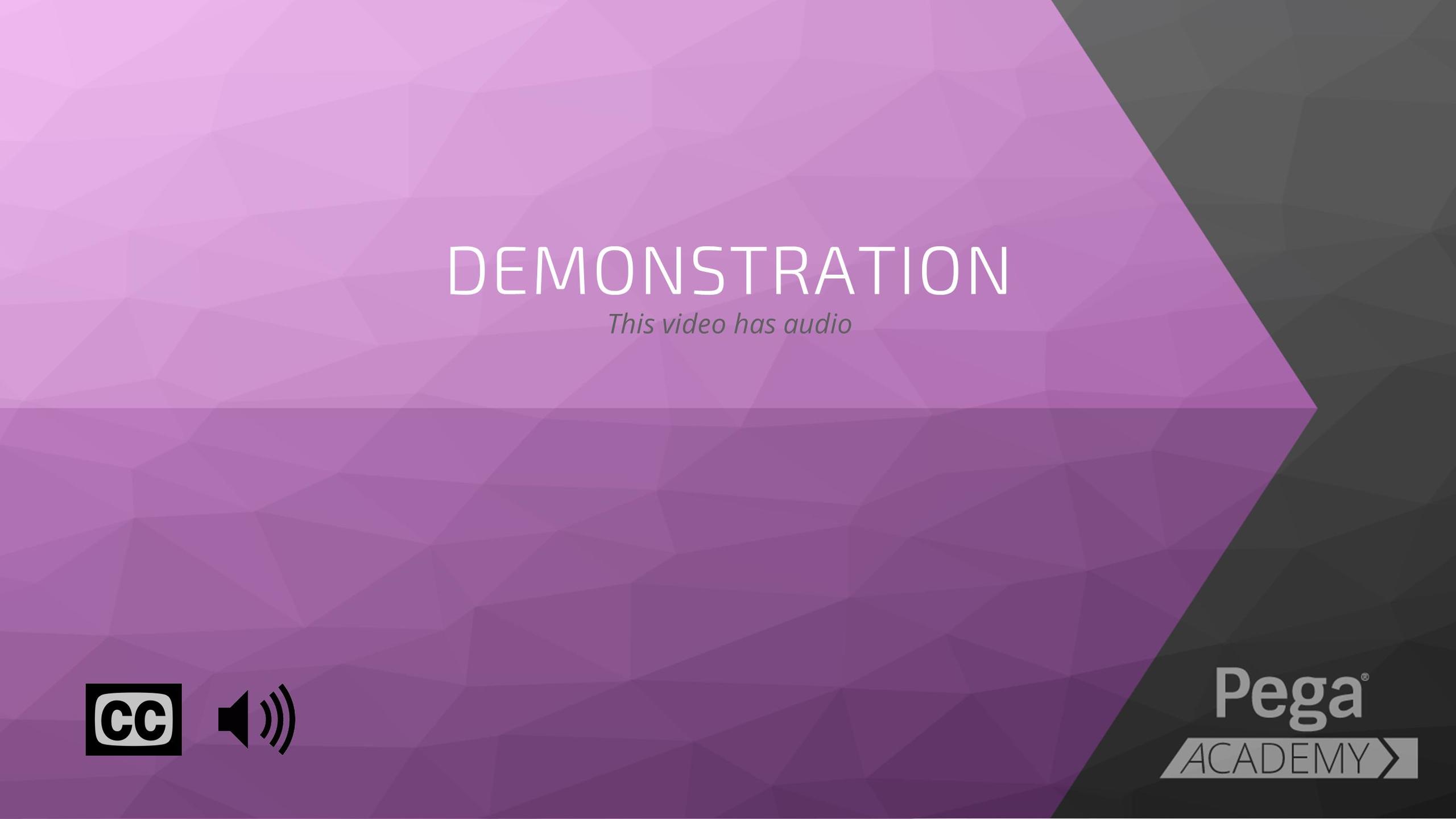
Back to search
Selecting a Next Best Action offer
April 19, 2018 | 06:45
Next-Best-Action Designer
This demonstration will show how the always-on, centralized Customer Decision Hub selects the Next-Best-Action from multiple possible actions during a customer interaction.
Let's start by examining the bank’s profile for customer Sara Connor.

This marketing profile shows all the relevant information that the bank has about Sara.
She recently contacted U+ Bank's call center and was offered a Platinum Plus Travel credit card, which she accepted.

If she were to contact U+ Bank at this moment, the Next-Best-Action recommendation would be to make her another sales offer.
Below you can see the three offers the Customer Decision Hub has selected as most relevant for her. And the top recommendation is now a Term Life Insurance product.

The Customer Decision Hub uses customer data and interaction history combined with business considerations and predictive analytics to make its recommendations.
Let's examine the profile of another customer, John Brown.
The Next-Best-Action for John is also to make a Sales offer.
However, the offers recommended for him are different.

They are all credit card offers. And the Platinum Plus Travel card is one of them.
Going forward, U+ Bank would like to retire the Platinum Plus Travel Card and promote the new Travel Rewards card instead.
Let's switch the promotional offers and in the process learn how the Customer Decision Hub makes its decisions.
The Next-Best-Action Designer is where the decision-making process is designed. A Next-Best-Action is designed as a series of decisions that execute in a hierarchical fashion.

At the highest level, the Customer Decision Hub selects the best actions related to a business goal, such as Retention, Service, or Sales.
Decisions defined at the business goal level determine the best action to be taken to achieve that goal.
For example, credits and discounts are two types of actions that address the Retention business goal.

In this decision-making hierarchy, the Customer Decision Hub first checks if an action related to a disputed transaction is applicable before assessing other possible actions.
A set of conditions decides the relevance of an action at every level.
For example, in the Present Sales Offer section you can see the conditions that make a Sales action relevant.
Each condition checks the value of relevance scores, which have been calculated by decisions defined at the lower, business goal level.
As an example, let's look at decisions made at the Sales level.

At the Sales level, a decision strategy selects the eligible Sales actions.
Another decision strategy calculates the relevance score, which is used by the top-level Next-Best-Action decision.
Let's take a closer look at how the Sales actions are selected.

This is the Sales decision strategy.
A decision strategy is a visual canvas in which customer information, business rules and analytics are combined to determine the best action.
In this case, the Sales strategy selects various Sales offers, such as credit cards and life insurance plans, and prioritizes them.
The offers can be found in the Explorer under Content.

This is the list of offers across various groups.
Offers contain a set of offer attributes that differentiates them from one another.

Offer attributes are used by the decision strategies to filter or prioritize the offers.
One such offer attribute is Active, which determines whether or not an offer will be selected in the decision-making process.

Unchecking this attribute will ensure that this offer will not be selected for any customer by the decision strategies.
To make the new Travel Rewards offer available, the same offer attribute, Active, must be checked.
The Sales strategy propagates all the relevant and eligible Sales offers to the higher level strategy.
At the Sales level, the selected Sales offers and the Sales relevance score are propagated to the top level Next-Best-Action decision.
Depending on the relevance scores, the top level Next-Best-Action decision selects the best action from among all of the business goals.
When a customer reacts to an action, the Next-Best-Action is re-evaluated to address the new situation.
Now that the promotional offers are swapped, let's check if that affects offer recommendations for John.

John indeed qualifies for the new Travel Rewards offer.
The Platinum Plus Travel card no longer appears in the list of recommended offers.
To summarize, Next-Best-Action decisions are defined in a hierarchical fashion.
The lower level decisions select the best actions within their own level and propagate the result and a relevance score to the higher business goal level.
At the highest Next-Best-Action level, the Customer Decision Hub evaluates the actions in an order defined by the business.

